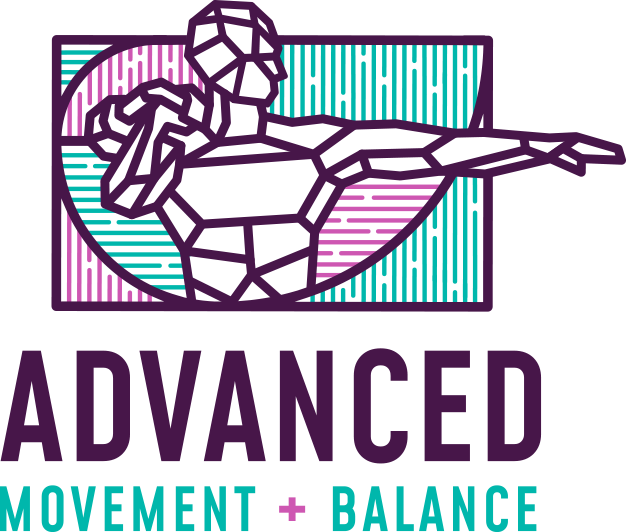Are Spinal Fusions the Right Solution for Chronic Back Pain?
The Problem with Spinal Fusions for Chronic Pain
Consumer Reports recently published an article highlighting some of the most overused and unnecessary medical treatments, and one of the procedures listed was spinal fusion for back pain. Spinal fusion is a surgery that permanently connects two vertebrae to eliminate movement between them. While this procedure can be highly effective, particularly in emergency situations, its use for chronic back pain—especially in cases involving arthritic changes—raises some important questions.
Why Spinal Fusions Don’t Always Work
For many patients, spinal fusion may seem like a solution, but it doesn’t always fully resolve the underlying causes of pain. Yes, the procedure addresses the bone, joint, and ligaments. However, it often leaves other contributing factors untreated. These factors can include muscle imbalances, weakness, instability, poor nervous system flexibility, and more. In many cases, it’s not just about the spine itself but the overall body that needs attention. After all, we are complex systems, and treating only one part of the body may not provide the comprehensive relief patients are hoping for.
The Double Whammy of Post-Surgery Pain
For those undergoing spinal fusion to stabilize the spine due to chronic pain, it’s common to still experience some of the same complaints. Why? Because the fusion doesn’t target all the potential underlying causes of their discomfort. So, rehabilitation specialists are not only helping with the pain and dysfunction caused by the surgery but also addressing the long-standing issues that existed before the procedure—a double whammy for many patients.
Why Traditional Physical Therapy Might Not Work
You might be thinking, “But I’ve tried physical therapy, and it didn’t work!” I hear you—and I’m sorry to hear that your experience wasn’t what you hoped for. Unfortunately, this is a common frustration for many patients. “I can’t find any answers,” or “I’ve tried everything, and nothing works”—these are familiar phrases I hear from clients who’ve been told by their doctors that surgery is the only option left.
The problem with traditional physical therapy clinics is that the system is often designed to prioritize quantity over quality. Therapists are expected to treat multiple patients per hour, and the treatment approach can sometimes be too generic to address the individual needs of each person.
A Better Approach: Personalized, One-on-One Care
But there is good news. More and more therapists are moving away from this “factory” model and embracing a more personalized approach to healing. This means one-on-one care that focuses entirely on you and your specific needs. These dedicated therapists are changing the game by investing in the right education, mentorship, equipment, and attitude to provide truly individualized treatment.
If you feel like you’ve hit a wall with traditional treatments, it might be time to consider a more tailored approach. It’s not about treating the pain—it’s about treating the whole person.





